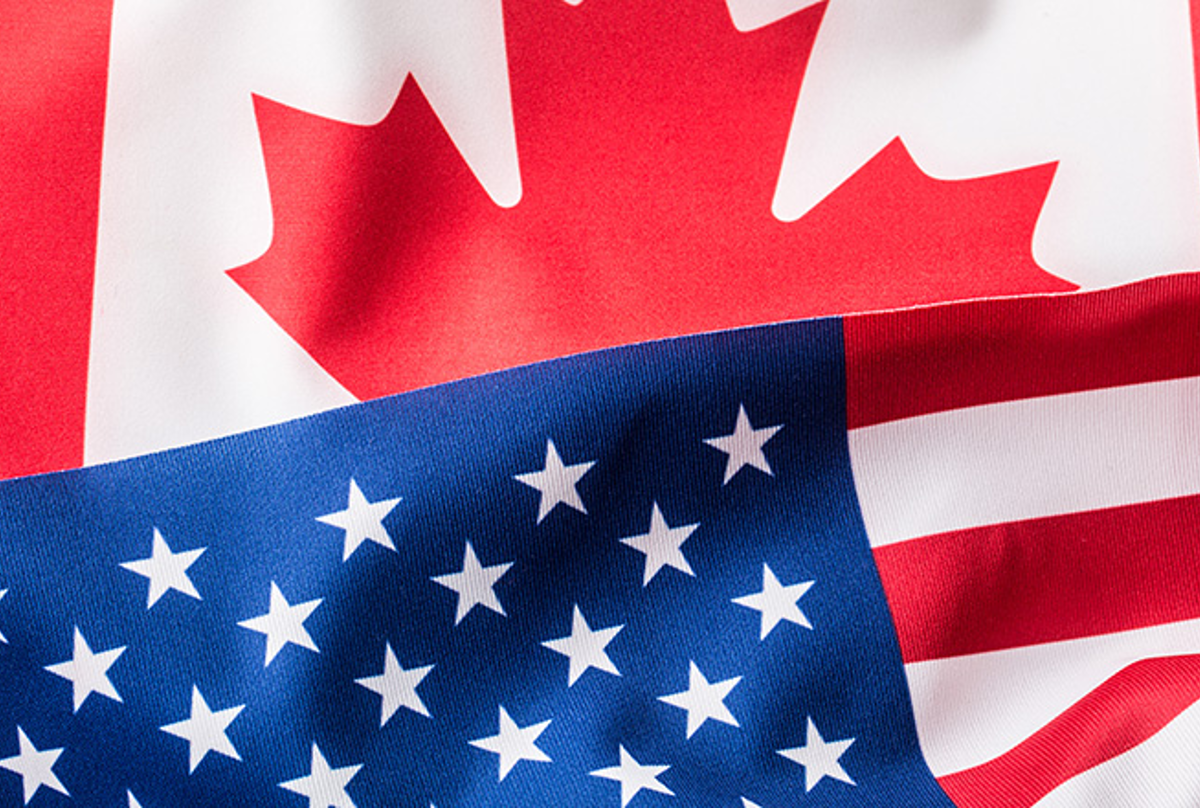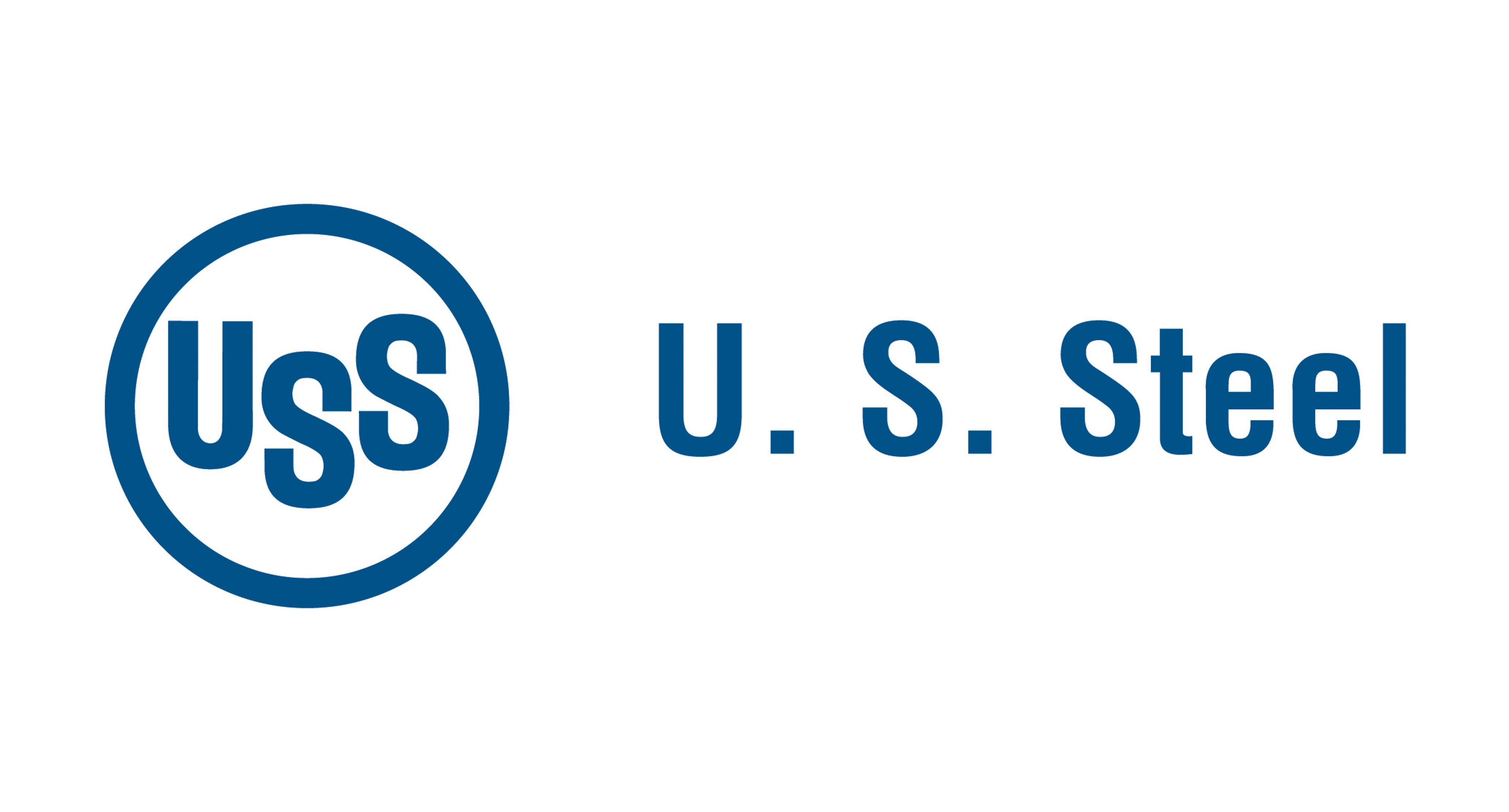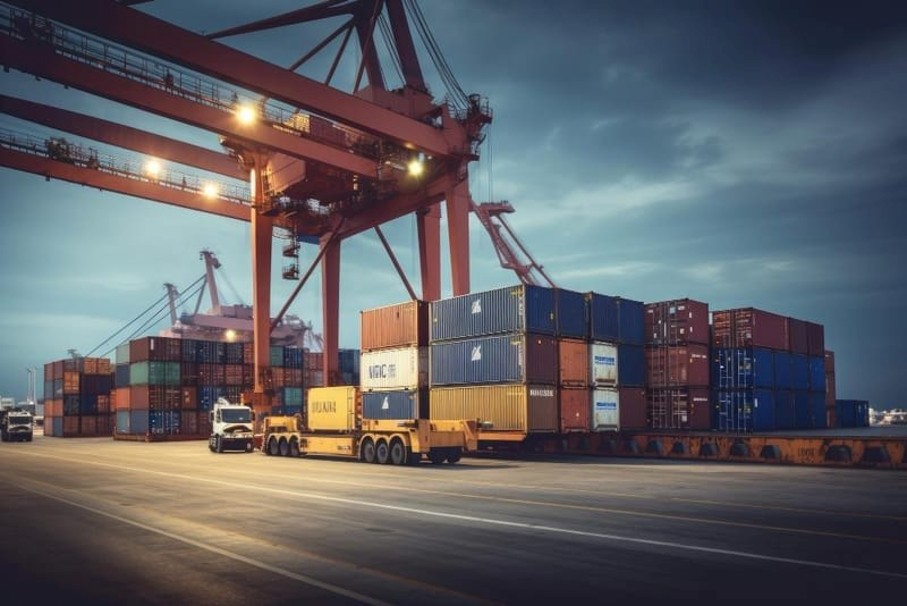Government/Policy
August 28, 2025
Steel Summit: Execs urge clarity on trade/tariff policy, want stronger USMCA
Written by Laura Miller
Tariff policy dominated the discussion of the SMU Steel Summit trade panel on Tuesday afternoon. Panelists weighed the impact of shifting rules on domestic producers, traders, and downstream buyers. The message was clear: uncertainty is rattling the steel supply chain.
Speakers emphasized that a stronger North American trade framework could bolster investment.
“If we could get that common external trade policy, we could create again that stronger North American market that would allow for more investment here, vigorous trade, and avoid circumvention,” said Kevin Dempsey, president and CEO of the American Iron and Steel Institute (AISI).
Rules of origin under USMCA also came up. Dempsey called for tightening them so that “steel melted in North America, built in North America” is the benchmark.
Panel participants also noted friction between Canada, Mexico, and the US in implementing a deal. “There has to be a distinction between Canada and Mexico,” stated Jose Gasca, managing director of Metrading International, pointing to Mexico’s uneven enforcement of safeguards and its struggles with Chinese imports.
Panelists also dug into how tariffs are hitting different products. The contrast between pig iron and slab imports raised eyebrows. “It seems inconsistent to treat pig iron differently than slabs because they’re both manufactured products,” Dempsey remarked.
Still, several panelists defended steel tariffs as more structured than many assume. “232 tariffs have been in place for over seven years. Folks have adjusted. They’ve operated in a tariff environment that long,” Philip K. Bell, president of the Steel Manufacturers Association (SMA), pointed out.
But others warned that constant changes drive hesitation. “Tariffs that can be easily put on and taken off, there is more uncertainty there,” Dempsey stressed.
Jerry Richardson, executive director of CSN, pointed out that it’s a good thing President Trump is paying attention to the steel industry. “As much as I’ve been saying that tariffs are terrible, I think in the case of steel, there is a plan. It’s more organized,” he noted.
For traders and downstream users, the result is higher costs and longer lead times. “At the end of the day, the ones that are being affected are the ones at the end of the supply chain,” Gasca said.
Investments tied to nearshoring in Mexico are now “on standby and in some cases, being canceled,” he warned, adding that unless the three countries align, end users across the supply chain will bear the brunt.







